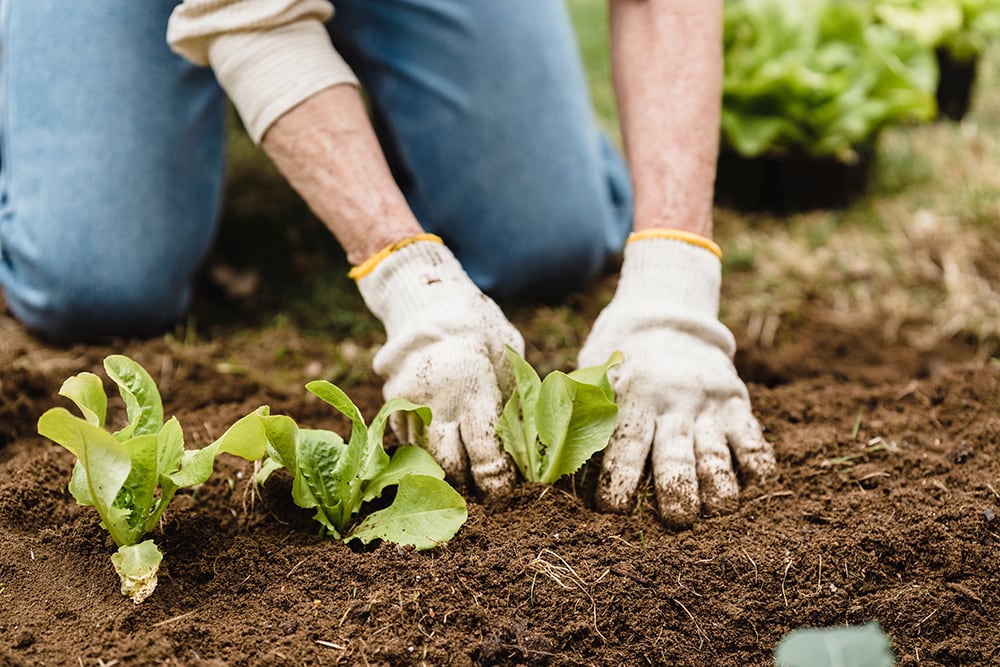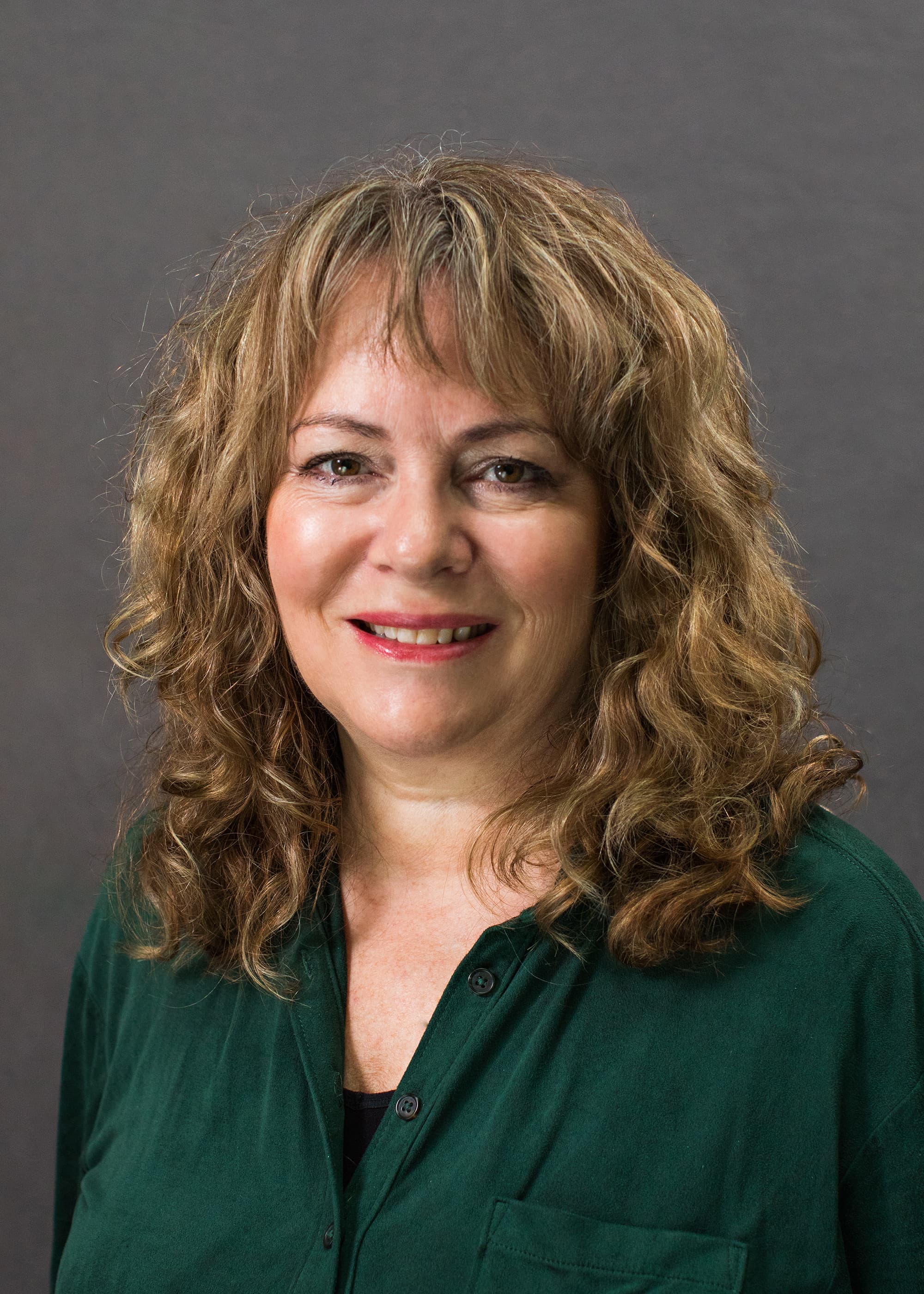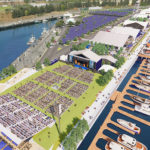Rachel Bruhnke, an environmental resource engineer and local high school teacher, has been educating her students about sustainable living for years. Bruhnke’s passion for giving back to the earth instead of taking from it is contagious. Her daily habits to be part of the solution is evident at her home in San Pedro, and she is happy to share her knowledge with others.
Bruhnke is using her property to feed the earth. Her motto is, “climate resilience one square foot at a time.” She encourages others to do right with their little piece of land and offers helpful ideas to make homes more sustainable.
Build Soil — Look at the ground around your property and start enriching it. There are various ways to compost, but one easy tip offered by Bruhnke is to put a bowl in your sink. During the day, catch the water overflow while washing your hands or produce. Use organic soap like Dr. Bronner’s, which will not affect your soil. Put fruit and vegetable scraps, coffee grounds with the brown filters, toilet paper and paper towel tubes (it helps to tear up the tubes a bit) into the bowl with the overflow water. Dig a small trench and feed your soil the water composted combination and cover it with dirt. The next day, dig a hole in another area and repeat the process. Do not throw away anything that is compostable; stick it in the ground.
“Work with the earth, not against it,” says Bruhnke. “Trust the sun and grow food,” she adds. “Saving water creates a habit and diminishes a sense of entitlement about wasting water. Water comes from 300 miles away and takes energy to get here and chemicals to clean it,” she explains.
Grow Food — Your soil will be more enriched by feeding it compost and will encourage worms to come up out of the ground. For the most current season, Bruhnke suggests growing kale and chard and adds that tomatoes can still grow this time of year.
Conserve Water — Bruhnke uses water barrels when it rains. It is important to make sure the water is directed into your soil, not down the driveway. With California being in a drought, front yards and parkways can be converted as a space to grow food or pollinators. This would be more environmentally friendly and use less water than a lawn. Raised beds can be placed on top of the grass, which will eventually kill the lawn underneath the planters. Fruit trees like guava can be planted in the parkway.
Native plants can be purchased through Palos Verdes Peninsula Land Conservancy and used instead of lawns. Succulents are also a good choice, as they use much less water. A helpful source of information about local gardening can be found in the Gardening in San Pedro Ca group on Facebook. Bruhnke says her goal when it rains is that no water runs off her property. Her soil has been fed, so water absorbs into the earth instead.
Donate Land and Property — Many of our local parks were once privately-owned pieces of land that were donated to the city. More land should be considered for donation to the city or nonprofit agencies to be used for community gardens or to grow food. The paving of cities and properties takes away from the earth being in its natural state.
Bruhnke teaches her students about living an environmentally friendly lifestyle and says they are very open and eager to learn. She leads by example in her home, uses solar power on her roof, and drives an electric car. There are many generations of San Pedrans who have been growing food on their property for decades. We can learn from each other about growing our own food, in turn, creating a stronger community that is more sustainable. spt







Comments